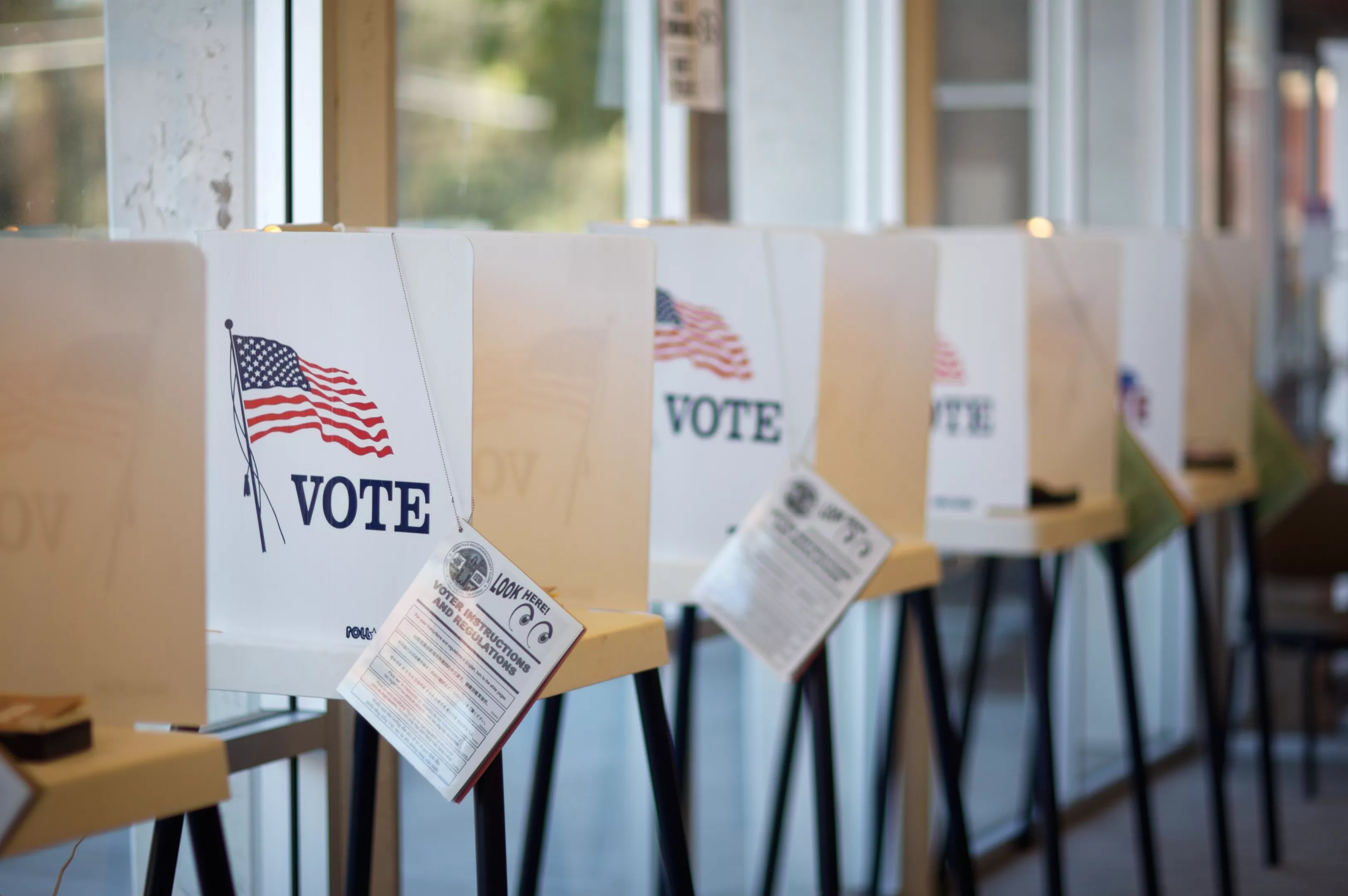
hermosawave

Audio By Carbonatix
On Monday, President-elect Donald Trump was sworn in for his second term as president. His victory comes after a turbulent election that saw an assassination attempt and the withdrawal of his initial opponent, Joe Biden, the sitting president. Although experts have debated whether Trump’s victory over Kamala Harris can be qualified as a landslide win, it unquestionably was in Texas at least. As expected, major cities in Texas voted blue, Trump led Harris in Texas overall by 1.6 million votes. It’s the largest margin of victory for a presidential race in Texas in 20 years, reported CBS News.
The New York Times recently released its 2024 voting map. The detailed map accumulates available voting data from each election precinct, color coding showing the candidate each precinct voted for, and deepening in shade where the margin is largest.
The map also tracks the changes in voting patterns from 2020. Dallas is a blue city, but the interactive map shows a trend reflected across the country – a growth in Republican support. Most of Dallas’ electoral precincts cast more votes for Trump in 2024 than they did in the previous election.
For the most part, Dallas remains a liberal pocket in an overall red state. In much of the city’s southern areas, Harris came out on top. The farther north, the lighter the shade of blue becomes, however, and Highland Park marks the first significant patch of red as one heads north. Above the wealthiest ZIP code in the state, the map becomes an even toss-up eventually burning into a deep red shade by Collin County.
Here’s how Dallas areas voted in the 2024 election:
Oak Lawn and Uptown
North of downtown is where the voter map starts to become more complicated, yet the Oak Lawn neighborhood is markedly blue. Harris led over Trump by more than 50% in the more populated electoral precincts in Oak Lawn. The incoming president barely scraped by in Knox-Henderson, leading by as few as 37 votes in one precinct.
Deep Ellum and East Dallas
Harris dominated East Dallas, save for a small outlier area on the border of Deep Ellum. In Lower Greenville, Old East Dallas and Lakewood, Harris garnered roughly 85% of the vote.
Though predominantly Democratic, East Dallas is a reflection of growing Republicanism across the country. Harris easily snatched the region, but her lead over Trump was several points less than Joe Biden’s was in the 2020 election.
Southern Dallas
The minority population in Dallas is more heavily concentrated below Interstate 30, which almost cuts the city in half laterally. The highway, built in the 1950s, still marks a stark division in the socioeconomic landscape. Below the line on the Times map, baby blues seep into a deep cobalt.
Despite the astronomical lead Harris had over Trump on the south side of the city, Republican votes showed growth from 2020.
Southeast Dallas
Southeast Dallas witnessed a growth in the political participation of Republicans. Throughout the campaign, Trump’s cult following gained an unlikely community – young voters. Historically, age has been a key indicator of political persuasion, with younger voters leaning left, but new voters tended to vote Republican. This was a key factor in Trump clinching the White House.
Downtown
A very small outlier, Downtown is a small drop of crimson in a cerulean sea on the voting map. In the Harwood District, Trump received about 2,000 votes, barely leading over Harris. The vote was close, almost 50-50 in some other downtown-area precincts.
The Park Cities
University Park and Highland Park, an enclave punching a hole into North Dallas, are home to millionaires and even billionaires. The Park Cities is where the map really shows red. In most precincts, Trump received around two-thirds of the vote. But in a surprising twist, the northern part of University Park is one of the few precincts that became more Democratic in 2024. Trump still won the vote by over 50% across the two towns.
Collin County
Harris led Plano, but Frisco and Allen were a toss-up. The county is majority red, with Trump getting 80% of the vote along the northeast border of the county. Although McKinney had a pocket of blue votes, still most of the town voted for Trump.
Denton County
Denton, a college town, is typically blue and this election was no different. Though the center of the city is becoming more Republican, the edges of the city cast a higher number of votes for the Democratic candidate than in 2020. Excluding the city of Denton, the entire county is red, and in the surrounding rural towns of Argyle, Sanger and Aubrey, Trump won by a comfortable margin.
Tarrant County
Fort Worth is not quite as blue as Dallas, but Harris still took Cowtown. Arlington, the halfway point between Dallas and Fort Worth, created a blue bridge between the two cities. Harris dominated most of the lower quarter of the Dallas-Fort Worth area, including the most populated cities, but toward North Richland Hills and Keller, the vote was unmistakably red in favor of Trump.